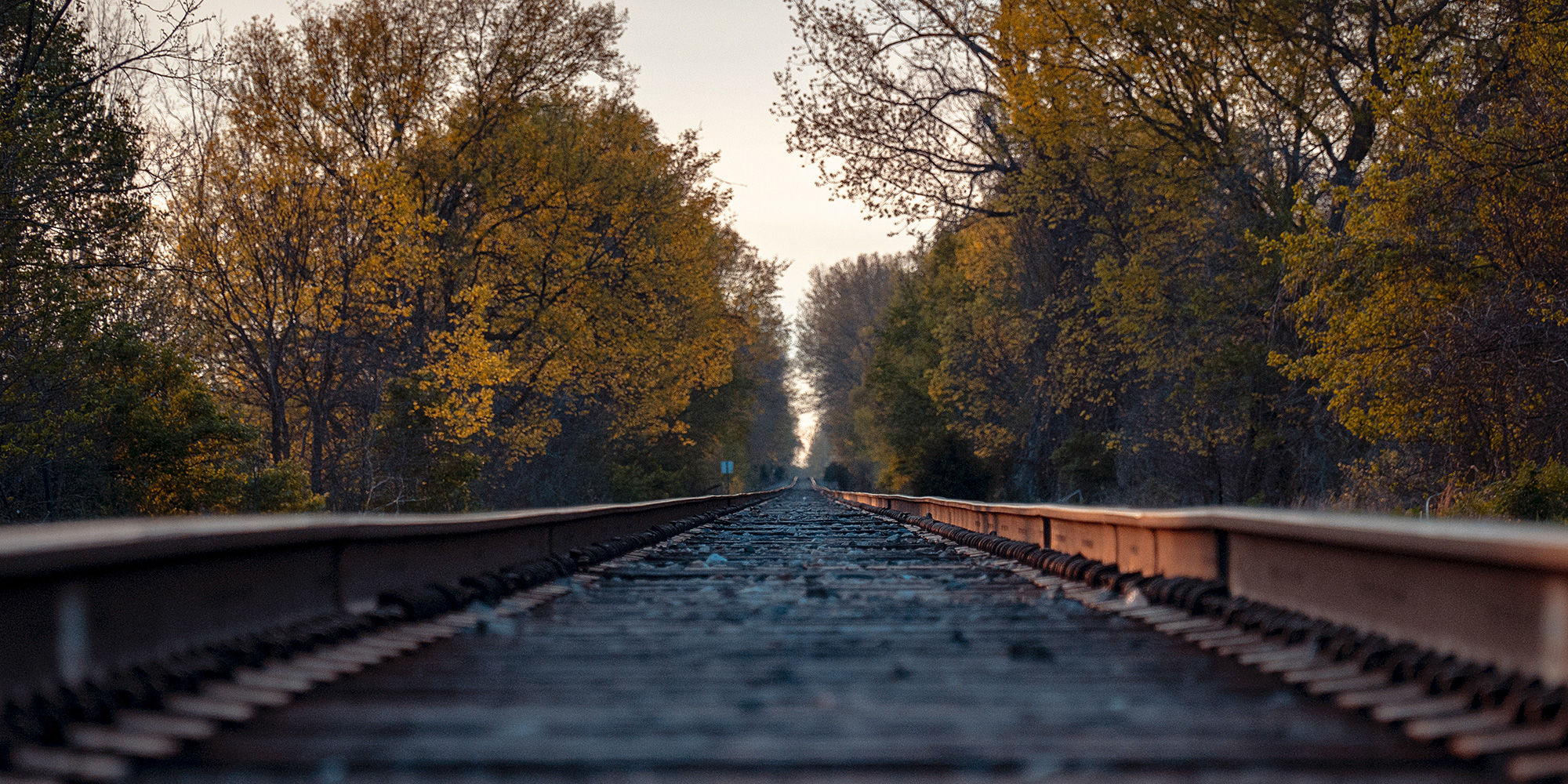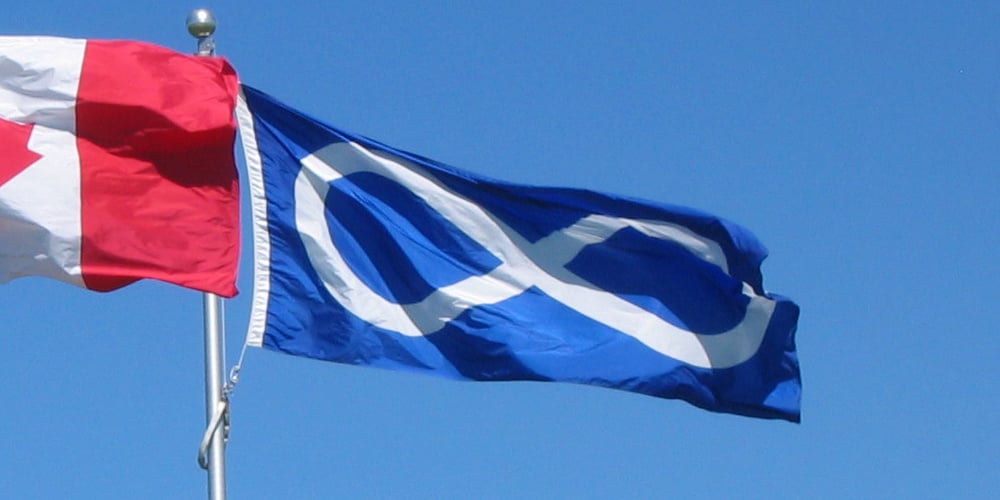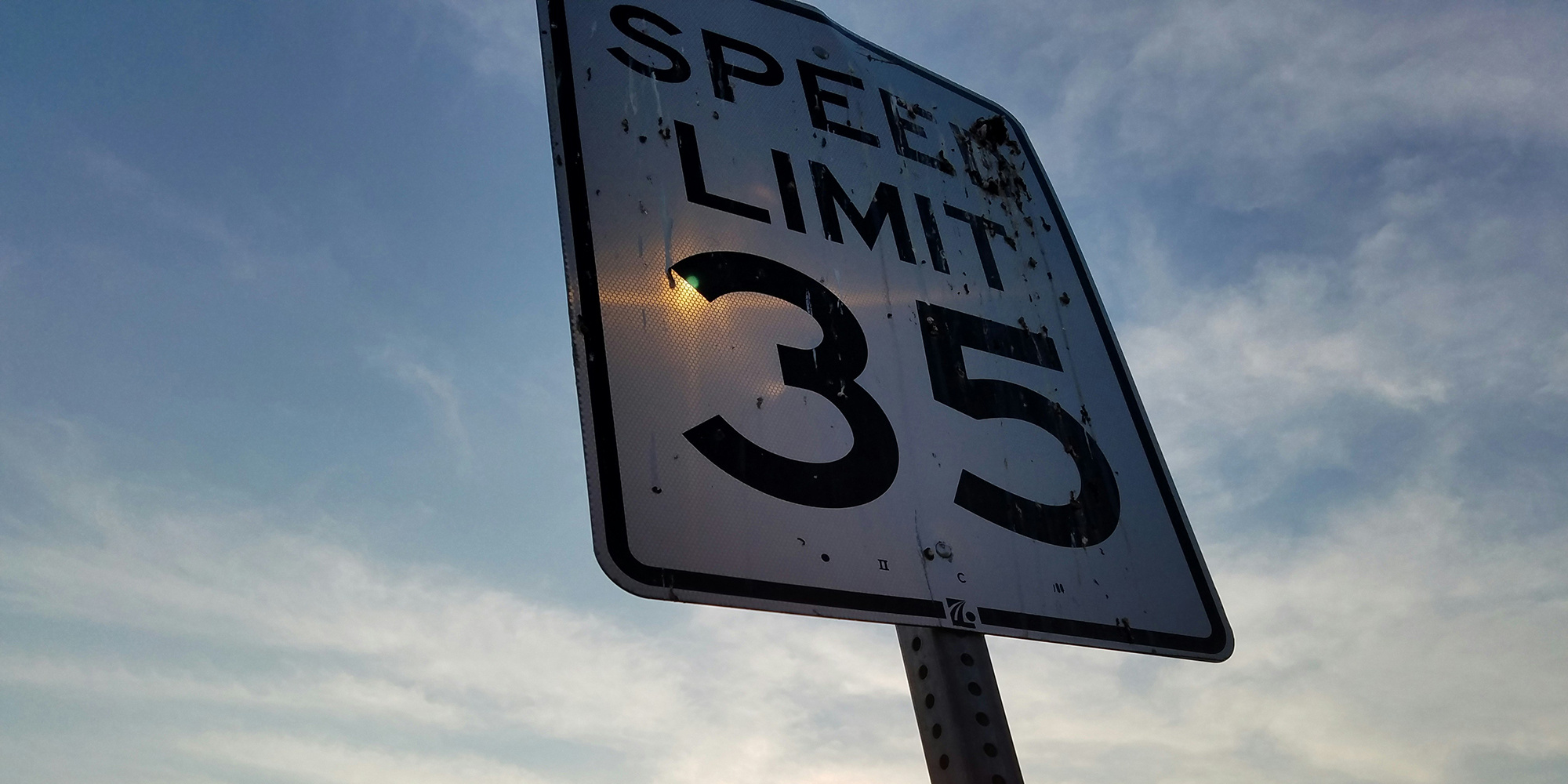Harry Daniels: The Man Who Put Métis in the Constitution
Harry Daniels will share with Louis Riel the honor of having introduced the rights of the Métis people in the Constitution of Canada: Riel in s. 31...
3 min read
Bob Joseph July 24, 2023

This is a brief look at an extraordinary, passionate, grassroots Indigenous movement in Canadian history that altered the direction of the Constitution Act 1982 to ensure Indigenous rights were included. This article is brief, so if people are interested in learning the backstory to the Constitution Express, I suggest they read Unsettling Canada: A National Wake-Up Call by Arthur Manuel and Grand Chief Ronald M. Derrickson.
The federal government, in the 1970s, under Prime Minister Pierre Trudeau, was determined to repatriate the constitution - transfer the country’s highest law, the British North America Act, out from the authority of the British Parliament and bring it home to Canada’s federal and provincial legislatures. The months leading up to the repatriation of the constitution were politically fractious as there was much at stake for the unity of the country, provincial governments, Indigenous Peoples, separatists, women’s groups . . . all of Canada, in other words.
In terms of what was at stake for Indigenous Peoples, by severing constitutional ties to the British Parliament, Canada would effectively sever all agreements and treaties signed between Great Britain (the Crown) and Indigenous Nations. Indigenous Peoples would be stripped bare of any protected status - would be legally and politically assimilated into mainstream society. Repatriation was seen as another attempt to achieve what the earlier 1969 White Paper on Indian Policy failed to do.
When the Union of B.C. Indian Chiefs (UBCIC) learned in June 1980 that the constitution agenda did not, in fact, include any mention of Indigenous title or rights they took legal action to block the repatriation moving forward without the consent of Indigenous Peoples. By the end of that summer...
...the Union met to review the federal government’s repatriation plan and a decision was taken. The chiefs passed a resolution that “the convention gives full mandate to the UBCIC to take the necessary steps to ensure that Indian Governments, Indian Lands, Aboriginal Rights and Treaty Rights are entrenched in the Canadian Constitution.” By November, the Union launched a massive operation to fight any patriation of the constitution without the explicit recognition of Aboriginal title and rights. The Constitution Express was born. [1]
The federal plan appears to have been to fast-track the draft constitution and have it repatriated by June 1981. What the government did not anticipate was the intensity, unity and strategically organised grassroots Indigenous opposition. They also did not anticipate that support for the Indigenous peoples' opposition would ultimately sweep the nation and capture national and international media attention. A United Press International headline on November 24th, 1980 which read “Indians leaving on Constitutional Express for Ottawa” was just one of the many articles in the media.
In fact, two trains left Vancouver on November 24th carrying between 800 and 1000 First Nations, Métis and Inuit. One train took the northern route through Edmonton, while the other took the southern route through Calgary, then joined up in Winnipeg.
In gathering support for the constitutional battle, the journey had already been a success. In British Columbia, hundreds of Indians had met the trains as they passed through the towns and cities along the route. In Alberta, the crowds reached the thousands. By the time the train left Winnipeg, the whole country was watching. The national news media were filled with speculation of what this Indigenous army would do when it reached the capital. In Ottawa, the RCMP began to fortify Parliament Hill with riot gates, and rumours of violent confrontations began to circulate. [2]
Riots and violent confrontations were not the plan - the plan was for peaceful, respectful demonstrations; passengers were told to bring regalia and drums. The protesters were all aware the government would go out of its way to portray them in a negative light. During the four-day trip, workshops were held on the train about the implications of a constitution that did not include rights for Indigenous Peoples so that if individuals were approached by media, they would provide a consolidated message. Elders were present to provide spiritual support and lead songs. Drugs and alcohol were not tolerated.
Before the train pulled into the Ottawa station, the Constitution Express had already begun to have a political effect. The House of Commons committee studying Trudeau’s legislation had been scheduled to end its hearings that week, but it decided, when the train was just a couple of hundred kilometres from Ottawa, to extend the hearings to give the BC Indians an opportunity to have their say. [3]
By the time the Constitution Express pulled into Ottawa on November 28th, there were approximately 1,000 people to greet the protesters from B.C., and the station was throbbing with the sounds of drums and songs. The Mayor of Ottawa, Marion Dewar, was there to greet them. The Mayor, prior to the train’s arrival, had held a press conference asking the citizens of Ottawa to open their hearts and homes to the protesters.
Over the next several days, our people protested passionately on Parliament Hill. They sang, they chanted, they burned sweetgrass, and they spoke with journalists about the threat that the patriation package presented to our rights as Indigenous peoples. The B.C. Union had done its job well. The protesters were the most eloquent spokespeople imaginable for our cause. They had the grassroots passion and - through the Union workshops before and during the cross-country trip - a deep understanding of how the Trudeau constitutional power play could affect their future. [4]
Ultimately, the Constitutional Express achieved its goal - the Trudeau government was forced to include Indigenous rights. When the Constitution Act was repatriated in 1982, it included Section 35 (1) “The existing aboriginal and treaty rights of the aboriginal peoples of Canada are hereby recognized and affirmed."
George Manual (1921-1989) was appointed an Officer of the Order of Canada in 1986, and in 2023, Canada Post unveiled a commemorative stamp honouring his life and legacy.
This article was originally posted on October 17, 2016.
[1] Unsettling Canada A National Wake-Up Call” by Arthur Manuel and Grand Chief Ronald M. Derrickson
[2] ibid
[3] ibid
[4] ibid
Featured photo: Shutterstock

Harry Daniels will share with Louis Riel the honor of having introduced the rights of the Métis people in the Constitution of Canada: Riel in s. 31...

We’ve talked about the constitutional implications of Indigenous or Aboriginal so now want to tackle the definition of Indigenous Peoples in Canada...

In 1982, the Government of Canada patriated the Canadian Constitution, and in so doing, formally entrenched Aboriginal and treaty rights in the...